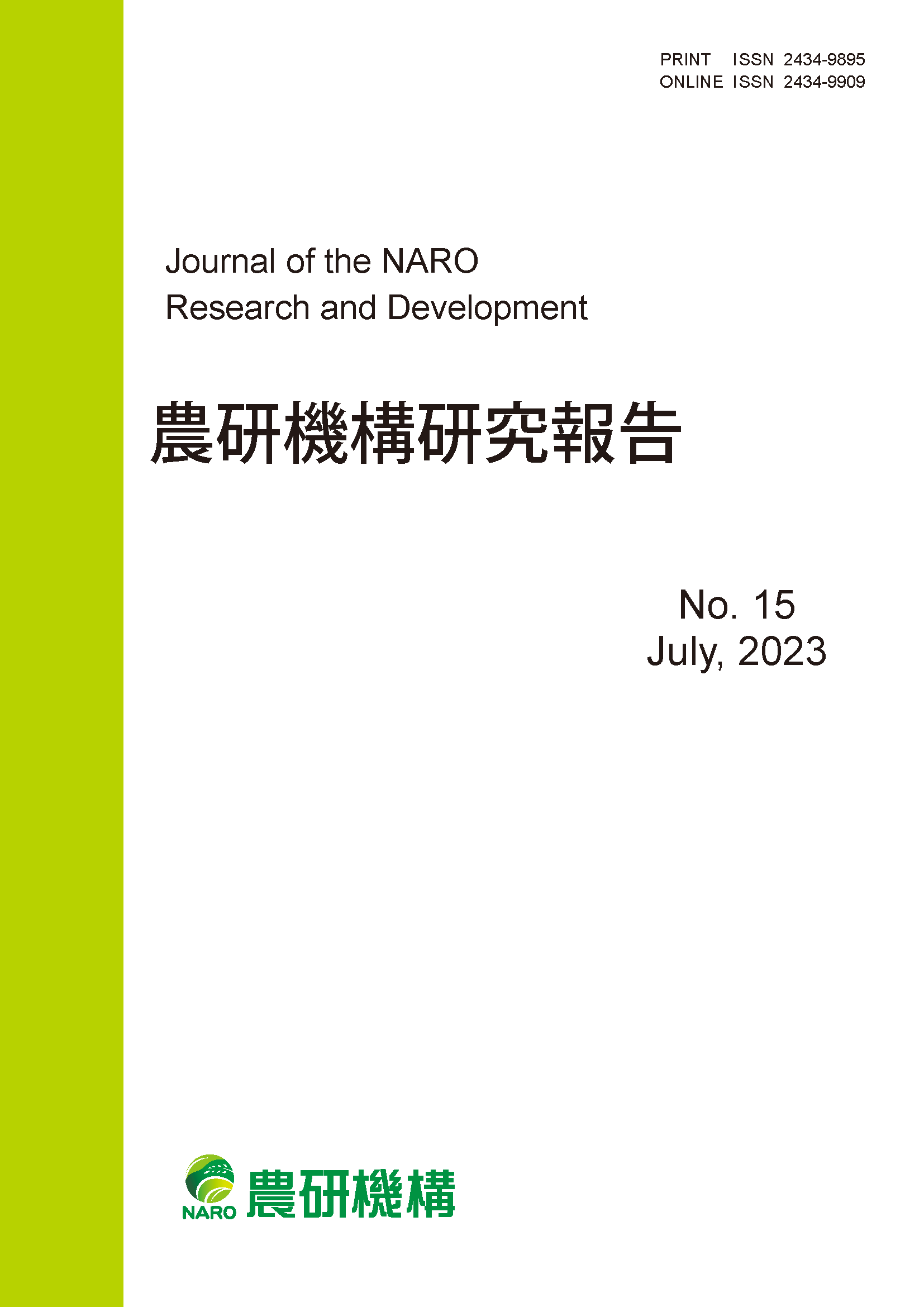Volume 2023, Issue 15
Displaying 1-9 of 9 articles from this issue
- |<
- <
- 1
- >
- >|
Cover, Index, Editorial board and Imprint
-
2023Volume 2023Issue 15 Pages 0-
Published: July 31, 2023
Released on J-STAGE: July 31, 2023
Download PDF (1305K)
Review
-
2023Volume 2023Issue 15 Pages 1-52
Published: July 31, 2023
Released on J-STAGE: July 31, 2023
Download PDF (5355K) Full view HTML
Original Paper
-
2023Volume 2023Issue 15 Pages 53-60
Published: July 31, 2023
Released on J-STAGE: July 31, 2023
Download PDF (2114K) Full view HTML -
2023Volume 2023Issue 15 Pages 61-69
Published: July 31, 2023
Released on J-STAGE: July 31, 2023
Download PDF (1302K) Full view HTML -
2023Volume 2023Issue 15 Pages 71-76
Published: July 31, 2023
Released on J-STAGE: July 31, 2023
Download PDF (1674K) Full view HTML
Short Report
-
2023Volume 2023Issue 15 Pages 77-
Published: July 31, 2023
Released on J-STAGE: July 31, 2023
Download PDF (1438K) Full view HTML -
2023Volume 2023Issue 15 Pages 83-
Published: July 31, 2023
Released on J-STAGE: July 31, 2023
Download PDF (1434K) Full view HTML
Topics
-
2023Volume 2023Issue 15 Pages 89-99
Published: 2023
Released on J-STAGE: July 31, 2023
Download PDF (543K)
Contribution rule
-
2023Volume 2023Issue 15 Pages 101-104
Published: July 31, 2023
Released on J-STAGE: July 31, 2023
Download PDF (1199K)
- |<
- <
- 1
- >
- >|
